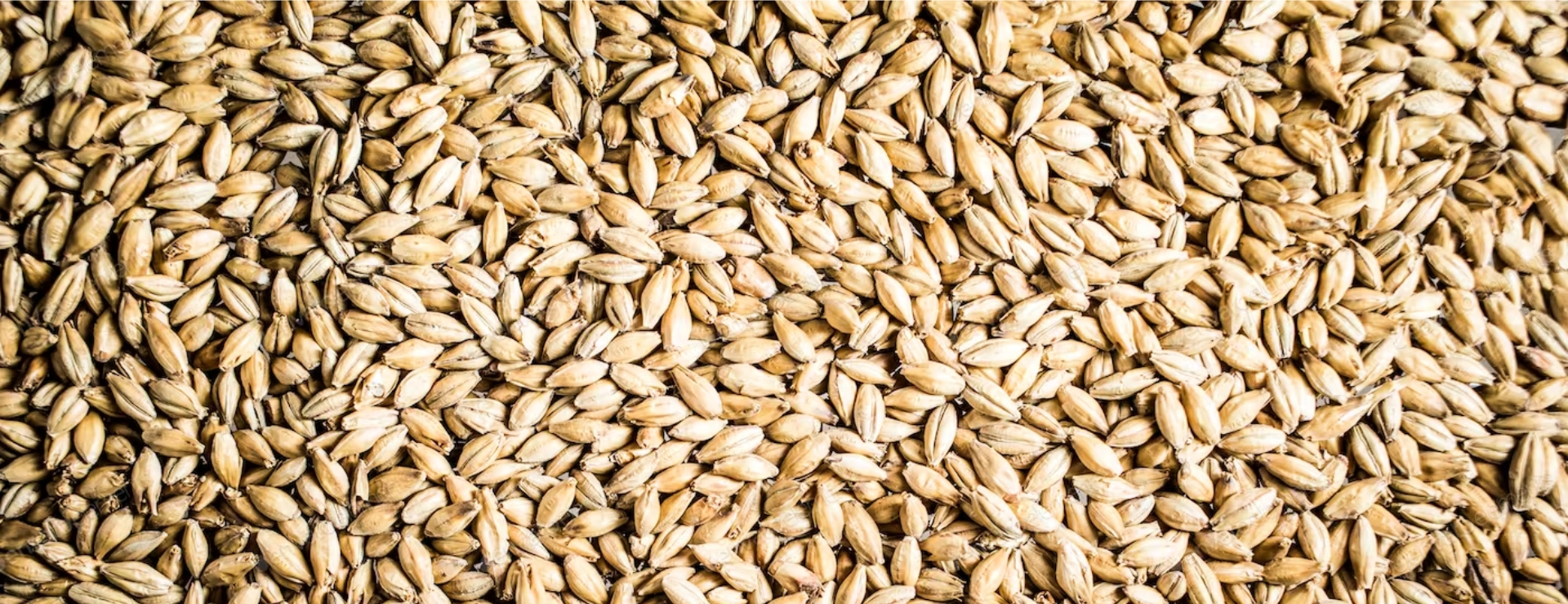Defatted durum wheat germ to produce type-II and III sourdoughs: Characterization and use as bread ingredient
University of Rome “La Sapienza” and Casillo Next Gen Food’s R&D Labs for a research publication on the international journal LWT – Food Science and Technology

“Fermentation is one of humans oldest means of foods and beverages preparation. Nonetheless, it is only recently that the benefits of fermentation became popular and widely known: taste, aroma, texture, appearance and digestibility. ChaNGe’s R&D team and University of Rome “La Sapienza” worked together to work on a sourdough from defatted wheat germ and its applications in bread. The result of the research was published on LWT – Food Science and Technology in 2022.
Please find the abstract below:
“ A fermentation protocol including selected lactic acid bacteria has been applied to defatted durum wheat germ, resulting from the oil extraction, to produce a nutritionally valuable ingredient for bread production. An integrated approach was used to evaluate the microbiological, nutritional, technological, and sensory properties of the fermented ingredient and the corresponding fortified bread. The fermentation led to a significant increase of the concentration of free amino acids (3-times) and decrease of the phytic acid (50%) and raffinose (93%) contents. The bread fortified with the sourdough-fermented defatted wheat germ could be labelled as source of fiber (3.3 g/100 g of bread) and source of protein (15.4% of the energy value was provided by proteins), according to the Regulation EC No. 1924/2006. When the fermented ingredient was used, the free amino acids concentration was 80% higher and the glycemic index lower (84 vs 95) than the control bread. Although final volume, hardness and chewiness of bread fortified with the fermented ingredient were similar to those of the control bread, an easier fracturability was found probably due to the high content of dietary fibers and acidity. Sensory analysis showed that fermented defatted wheat germ conferred perceptible acidic odor and taste to the bread.”



